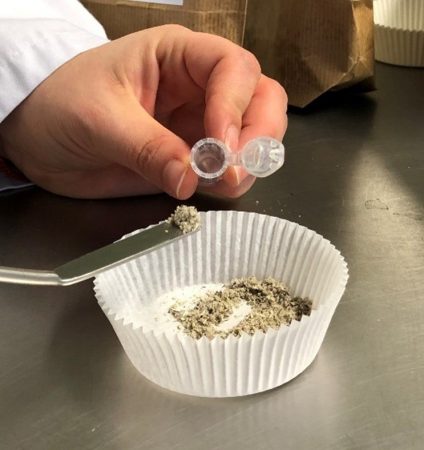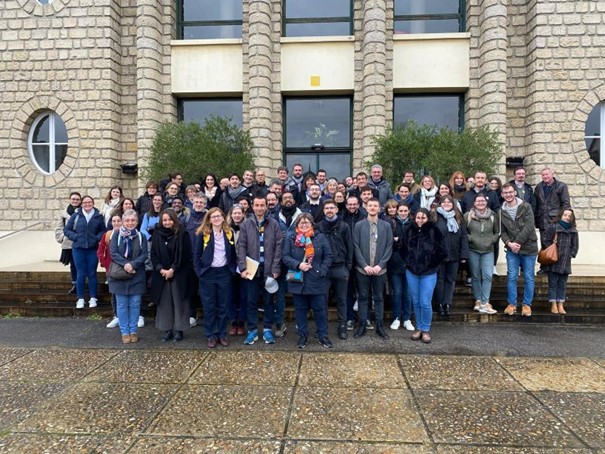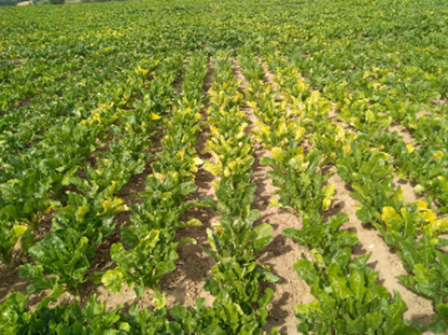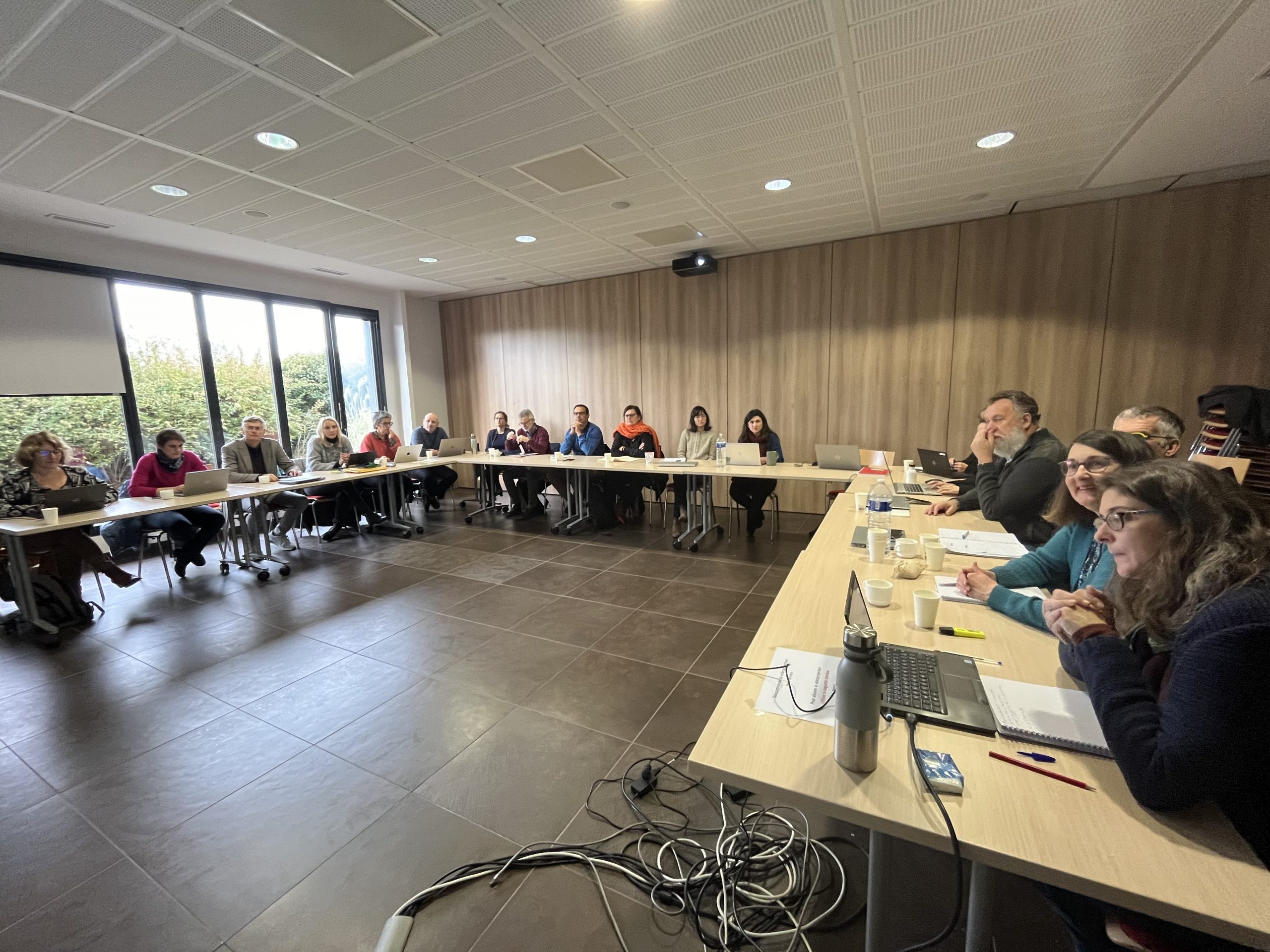
Detection of Downy Mildew on sunflower seeds: GEVES is implementing the method
GEVES, National Reference Laboratory (NRL) in Plant Health, is currently working on the implementation of a method for detecting Downy Mildew on sunflower seeds. Sunflower downy mildew, caused by the oomycete Plasmopara halstedii causes significant yield losses in sunflower crops. In addition, this pathogen is seed-borne and can be disseminated around the world during global seed trade. This pathogen has therefore been classified as a regulated non-quarantine organism (RNQP) on sunflower seed by the European Union.
ANSES developed a PCR detection method for this pathogen on sunflower seed in 2013. GEVES, as NRL, has finished studying the performance criteria of this method and to verify its capacity to use this method.
This project, carried out by the GEVES Pest Detection Technical Unit, showed the ability of GEVES to apply this method correctly according to the studied performance criteria and to validate small modifications of the method. Among the performance criteria studied, the analytical sensitivity of the method was validated at one contaminated seed in a sample of 1000 seeds.
This method is now available at GEVES for the analysis needs of the sector and will soon be available for consultation on the GEVES website before its submission for officialization.





